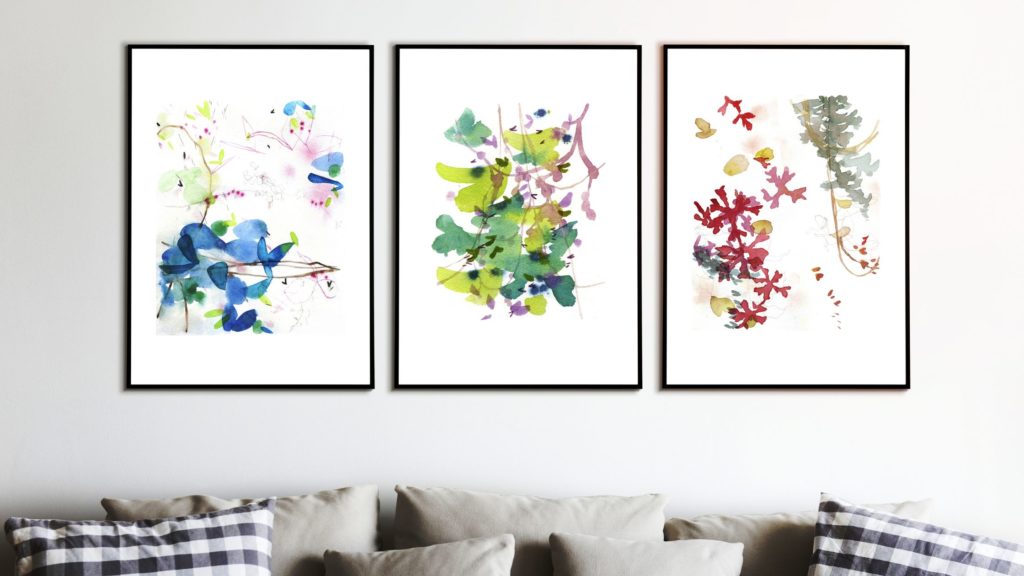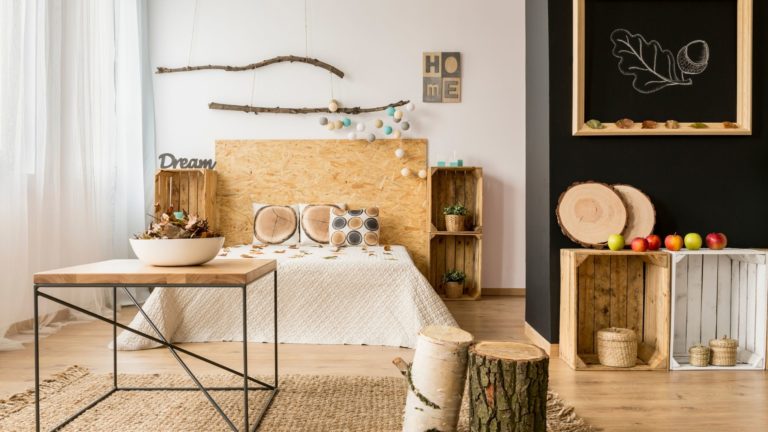Choosing the right art and decorations for your home is akin to adding the final strokes to a masterpiece. The perfect pieces can breathe life into a space, infusing it with personality and warmth. Whether you are an art aficionado or a decorating novice, selecting the right pieces can sometimes feel overwhelming. This guide aims to simplify the process, offering insights on how to curate a personal and impactful art collection for your home, from paintings to sculptures.
1. Consider Your Personal Style and Preferences:
Before diving into the vast world of art and decoration, it’s essential to understand your personal tastes. Are you drawn to modern abstract pieces, or do traditional landscapes resonate more with you? Knowing your preferences will serve as a guiding beacon when selecting pieces.
2. Determine the Mood and Feel of Each Room:
Every room has a different function and feel. A serene bedroom might benefit from a calming landscape or abstract, while a living room can be brightened up with a vibrant, conversation-starting piece. Sculptures, which are three-dimensional, can change the energy of a space, often becoming focal points. Consider what mood you want to evoke in each room and select art that complements it.

3. Scale and Size Matter:
Large wall spaces can handle big, bold pieces or a gallery wall of smaller pieces. Conversely, smaller spaces might be overwhelmed by a large painting but could be elevated with a modest-sized artwork or sculpture. Measure spaces and keep dimensions in mind when shopping.
4. Frame It Right:
Frames are not just protective elements; they can enhance or diminish the impact of a piece. Consider the style and color of the frame in relation to both the artwork and the room’s decor. Some contemporary artworks might look best with minimalist or no frames, while ornate frames might befit classical pieces.
5. Lighting Makes a Difference:
Art looks different under varied lighting conditions. Natural light brings out the true colors of a painting, but direct sunlight can damage artworks over time. Use soft artificial lighting for sculptures to cast shadows and highlight their three-dimensional nature.
6. Play with Themes and Cohesiveness:
While every piece doesn’t need to match, having a theme or a cohesive color palette can unite disparate pieces. This doesn’t mean every artwork should be blue, but maybe they all evoke a sense of serenity or have a touch of blue.
7. Sculptures: A World Beyond Paintings:
Sculptures, whether they sit on a pedestal, a table, or the floor, add depth and dimension. Consider the material of the sculpture (wood, bronze, clay) and ensure it complements your space. The positioning of a sculpture is vital—make sure it’s accessible from various angles, especially if it’s detailed.
8. Incorporate Functional Art:
Not all art needs to be on a wall. Decorative bowls, artistic furniture, and even designer light fixtures can serve as functional pieces that are also beautiful to look at.
9. Stay Within Your Budget:
You don’t need to break the bank to decorate your home beautifully. While original pieces by renowned artists can be pricey, there are numerous emerging artists producing stunning works at more accessible price points. Prints, reproductions, and local craft fairs are also fantastic sources of affordable art.
10. Trust Your Instincts:
At the end of the day, art is subjective. If a piece speaks to you and makes you feel a certain way, it has done its job. Decorate with what you love, and your home will be a reflection of your personality and passions.
11. Embrace Cultural and Historical Pieces:
Diversifying your collection with art from different cultures or eras can give your home a rich, worldly feel. Traditional masks, antique ceramics, tapestries from various parts of the world, or historical prints can add depth and context to your space. When choosing such pieces, it’s essential to approach with respect and understanding, ensuring that the items are not appropriated but appreciated for their cultural significance.
Tips for this category:
- Research the history and meaning behind cultural pieces to provide context and deeper appreciation.
- Place them in areas where they can be focal points, sparking conversations about their origins.
- If you have personal ties or travels related to the art piece, share the stories with visitors to enrich the viewing experience.
12. Incorporate Nature:
Nature provides an inexhaustible source of inspiration for artists. But beyond paintings of scenic vistas or sculptures mimicking natural forms, consider integrating actual elements of nature into your home. Plants, dried flowers, or even framed butterfly collections can bring a touch of the outdoors in, creating a bridge between the built environment and the natural world.
Tips for this category:
- Opt for large indoor plants to serve as living sculptures in corners or beside furniture.
- Consider hanging dried flower arrangements in place of traditional paintings for a tactile, three-dimensional art piece.
- Use natural elements like stones, driftwood, or seashells to create centerpieces or decorative arrangements on coffee tables and shelves.
Conclusion:
Choosing art and decorations for your home is a journey of self-expression. Whether you’re curating a collection of paintings, sculptures, or functional art, each piece serves to tell a story. It’s the blend of personal style, mood, size, themes, and instinct that will guide you in transforming your home from ordinary to extraordinary. As you embark on this artistic journey, remember: the best-decorated homes are those that resonate with the souls of their inhabitants.


